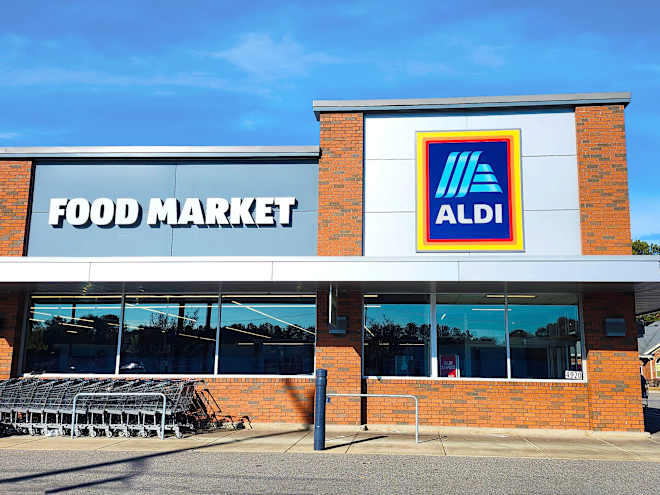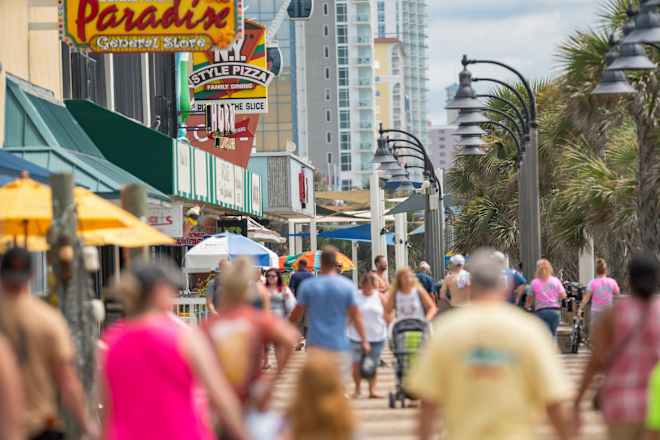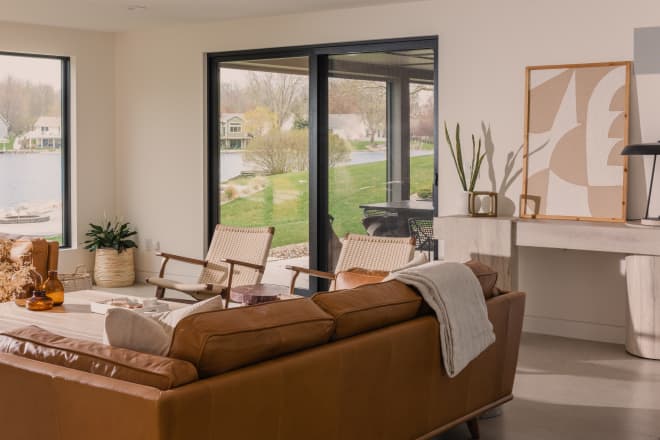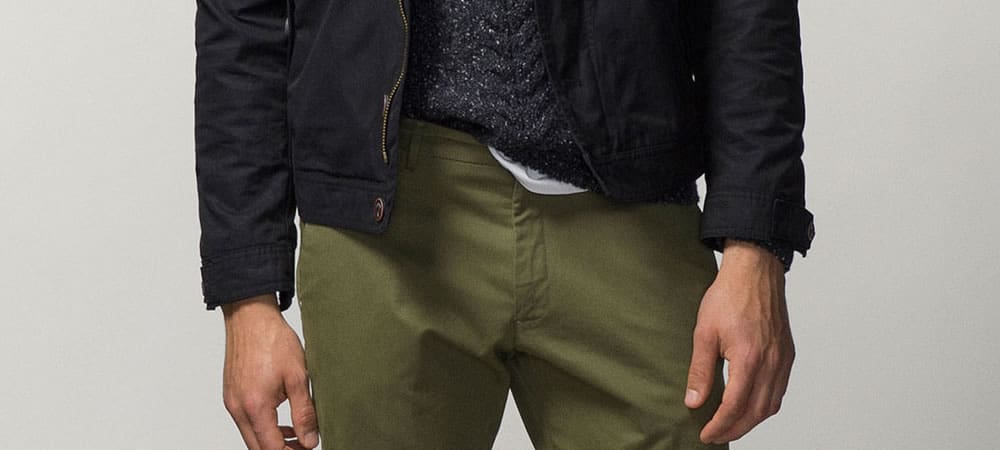Latvia Pavilion questions what it means "to live on NATO's external border in times of geopolitical conflict"
Fluorescent yellow anti-tank hedgehogs and dragon's teeth take centre stage at Latvia's pavilion at this year's Venice Architecture Biennale, which aims to draw attention to the changing landscape on NATO's borders. Named the Landscape of Defence, the pavilion was curated by Ilka Ruby and Liene Jākobsone to show the impact that defensive structures built on The post Latvia Pavilion questions what it means "to live on NATO's external border in times of geopolitical conflict" appeared first on Dezeen.


Fluorescent yellow anti-tank hedgehogs and dragon's teeth take centre stage at Latvia's pavilion at this year's Venice Architecture Biennale, which aims to draw attention to the changing landscape on NATO's borders.
Named the Landscape of Defence, the pavilion was curated by Ilka Ruby and Liene Jākobsone to show the impact that defensive structures built on the border were having on the country, which is one of the most eastern members of the North Atlantic Treaty Organization (NATO) military alliance.
"What does it mean to live on NATO's external border in times of geopolitical conflict?" asked the curators.

"The aim of the pavilion was to raise awareness of the wider consequences of the militarisation of a territory and to highlight the dilemmas inherent in this process," said co-curator Jākobsone.
"On the one hand, there is the threat of a military attack, but on the other hand, the people – both locals and the refugees attempting to cross the border – and the environment are negatively affected," she continued.
"The pavilion is an invitation to reflect on whether there is a more humane and responsible way to protect the country?"

Designed by Latvian studios Sampling and Nomad, the main exhibition space is wrapped in a curtain with a photographic collage showing the natural landscape in a border area with man-made road signs, watchtowers, fences and barbed wire.
Within the space, the curators placed representations of defensive architecture including anti-tank hedgehogs, dragon's teeth and a surveillance camera pole.
These items have been increasingly placed along Latvia's borders following Russia's invasion of Ukraine in 2022 and the ensuing war.
Each of the pieces, along with some traditional wooden benches, were wrapped in a fluorescent material to "invite critical reflection".

According to the curators, defence is now a part of daily life in the country, and they hope to draw attention to the impact that these structures have on the people who see them regularly.
"Defence is currently at the top of the political agenda in Latvia," said Jākobsone.
"However, the rapid implementation of the border infrastructure and the lack of public debate and consideration of it from other than military perspective is worrying," she continued.
"We would like to foster a critical reflection on this process that would also involve architects."

The team named the exhibition, which includes a map showing the 30-kilometre border zone, Landscape of Defence, as they wanted to show the impact defence has on the whole border region.
"We are introducing the term 'landscape of defence' to draw attention to the fact that the border or its infrastructure is not just a line or just a fence, but a much larger territory, ecologies, societies," said Jākobsone.
"We want to inform the international public about the processes that are taking place on the eastern border of Europe, and also to highlight the problems in order to promote a greater sense of community between the different regions of Europe."

Overall, the curators hope that the pavilion will makes those visiting more aware of the changes happening on NATO's eastern borders and that this would foster a sense of solidarity.
"We hope that they have learned something new about Eastern Europe, because the reactions of visitors during the pre-opening days show that this situation is little known in the rest of Europe," said Jākobsone.
"Given the worrying developments in global geopolitics, it is crucial to build a greater sense of solidarity between European countries, and this is only possible if we understand and empathise with each other."
We recently rounded up 10 must-see national pavilions at the Venice Architecture Biennale, including renovation works made visible at the Danish Pavilion, a sports bar inside the Dutch Pavilion and a mass-timber canopy outside the US Pavilion.
The photography is by Michiel De Cleene.
The Venice Architecture Biennale takes place from 10 May to 23 November 2025. See Dezeen Events Guide for all the latest information you need to know to attend the event, as well as a list of other architecture and design events taking place around the world.
The post Latvia Pavilion questions what it means "to live on NATO's external border in times of geopolitical conflict" appeared first on Dezeen.



















![[DEALS] The 2025 Ultimate GenAI Masterclass Bundle (87% off) & Other Deals Up To 98% Off – Offers End Soon!](https://www.javacodegeeks.com/wp-content/uploads/2012/12/jcg-logo.jpg)



-Olekcii_Mach_Alamy.jpg?width=1280&auto=webp&quality=80&disable=upscale#)
















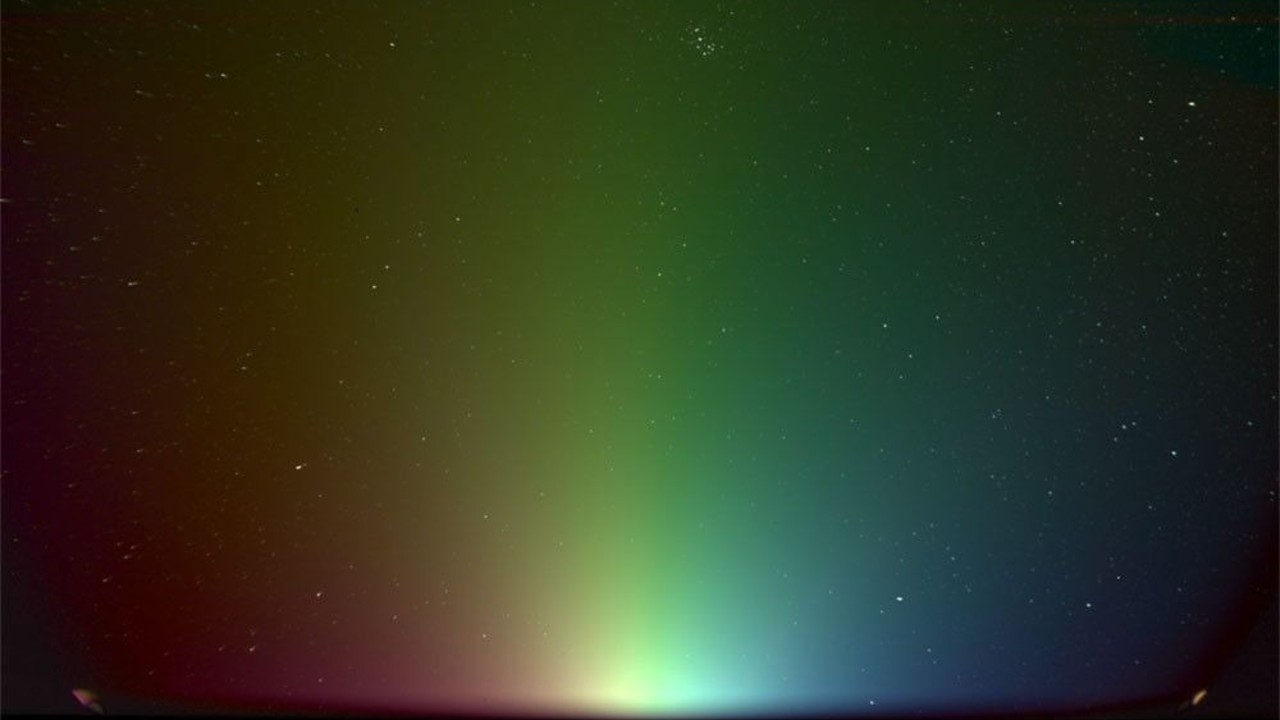

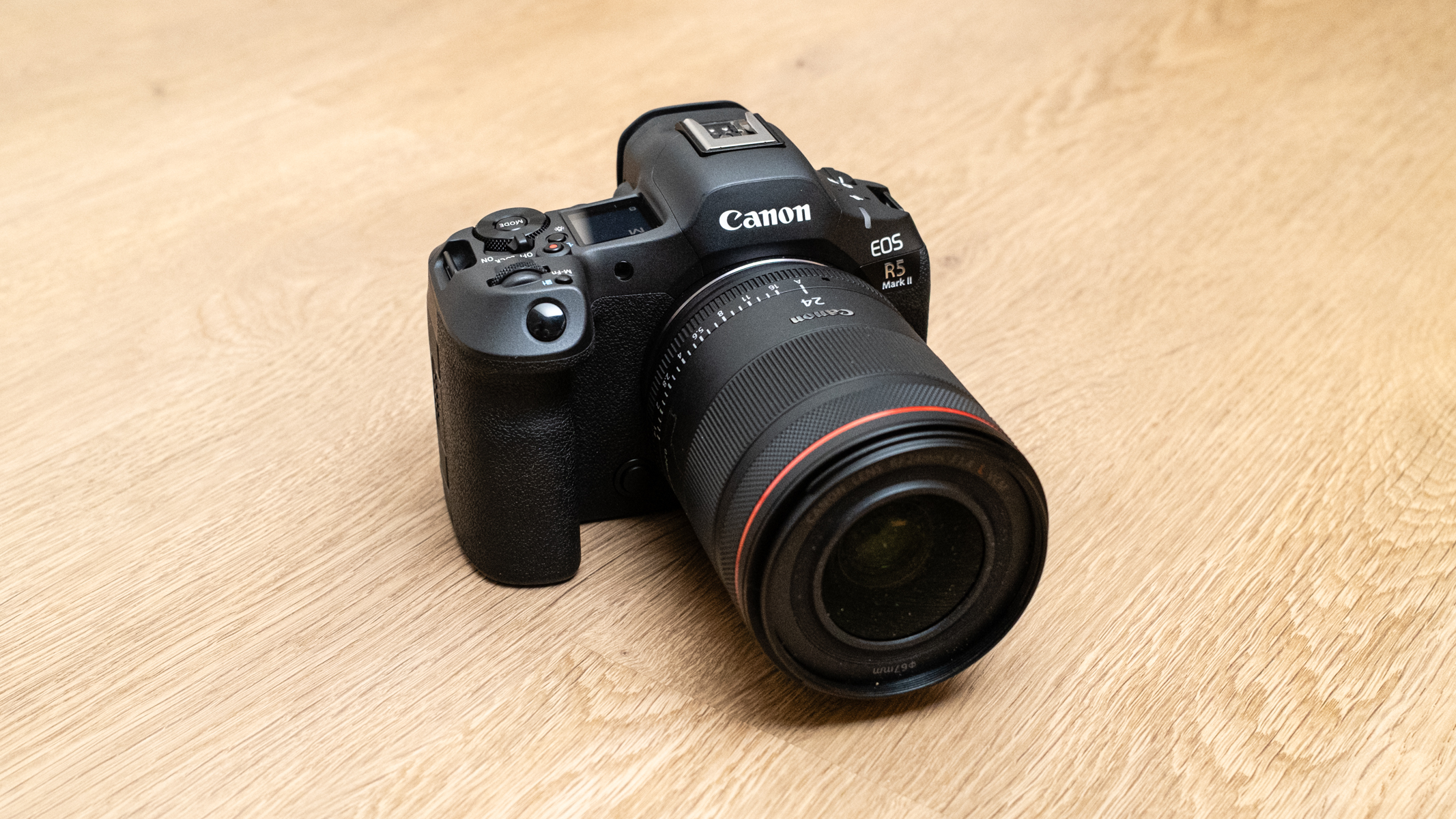




![Air Traffic Controller Claps Back At United CEO Scott Kirby: ‘You’re The Problem At Newark’ [Roundup]](https://viewfromthewing.com/wp-content/uploads/2025/05/scott-kirby-on-stage.jpg?#)












